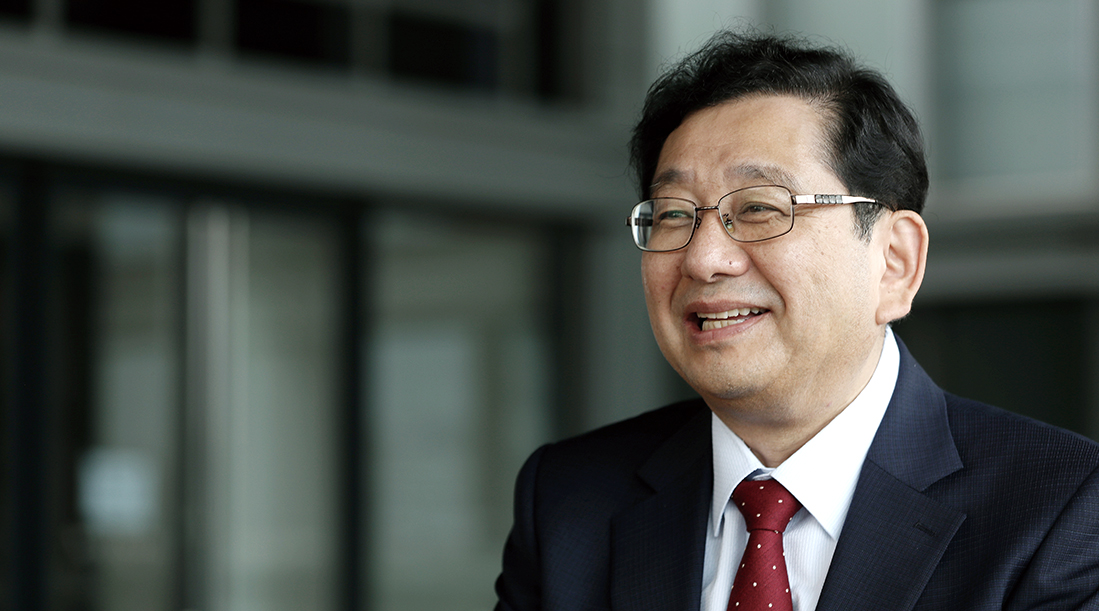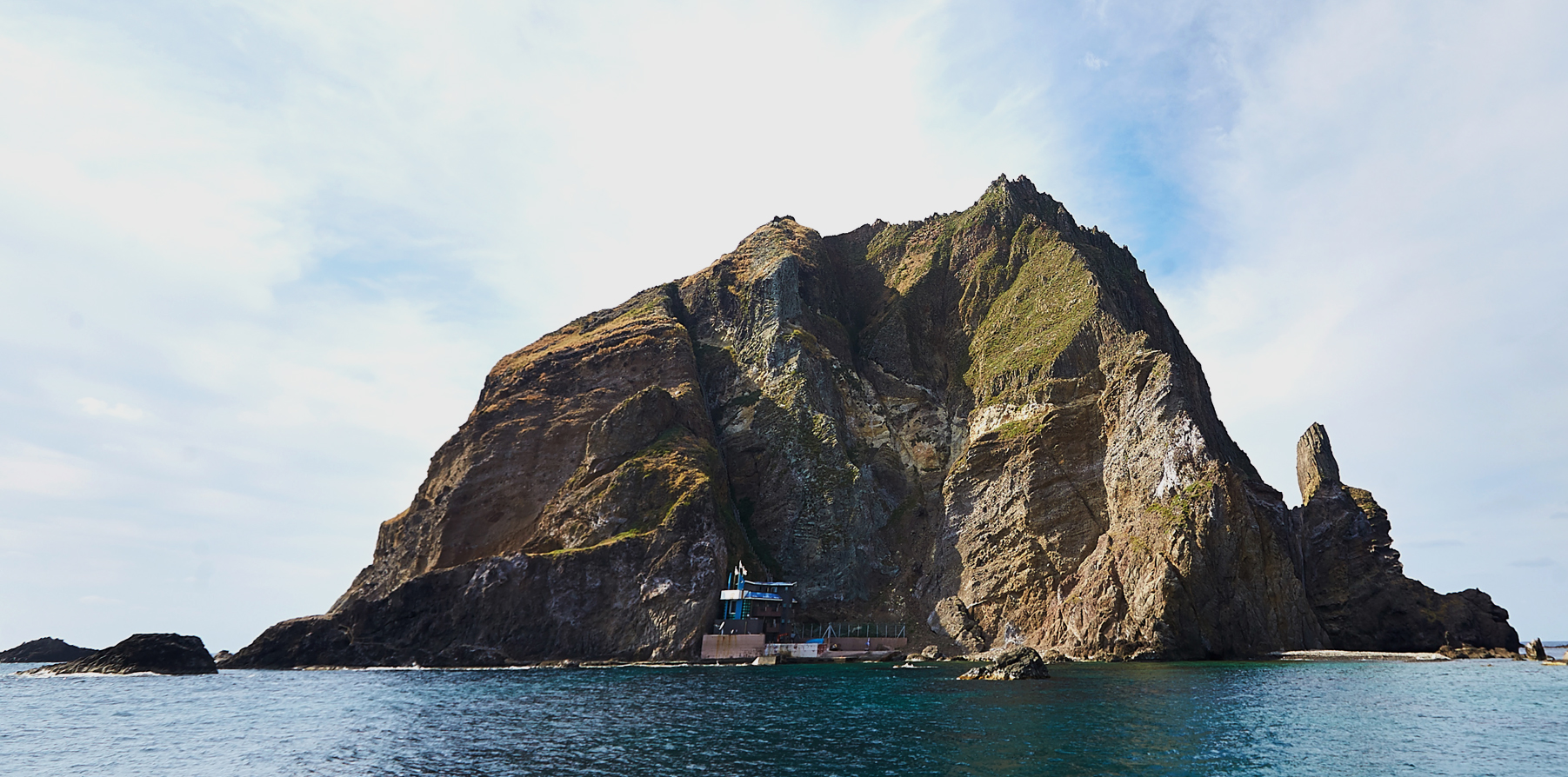Dokdo
Japan’s Nat’l Museum of Territory and Sovereignty Harms Peace in NE Asia
Written by • Yuji Hosaka Photographed by • Studio Kenn
The Japanese government on Jan. 21 opened the National Museum of Territory and Sovereignty in Tokyo’s Chiyoda ward. Relocated from Hibiya Park, the museum has been expanded seven-fold in size and put under the Cabinet Secretariat’s Office of Policy Planning and Coordination on Territory and Sovereignty. Since the Secretariat is essentially the Prime Minister’s Secretariat, the museum is under the direct control of the prime minister. The purpose of the museum’s expansion ahead of the upcoming Tokyo Summer Olympics in July seems targeted to gain an advantage in talks on territorial issues with Japan’s neighboring nations.
The exhibitions at the museum focus on Dokdo Island, the Kuril Islands and the Senkaku Islands. Of these, Dokdo is effectively controlled by Korea and Kuril is under Russian rule, leaving only Senkaku as being technically Japanese territory. The administration of Japanese Prime Minister Shinzo Abe has spent several years of diplomatic effort to gain an advantage in claiming four of the Kuril Islands as Japanese territory, namely through negotiations with Russian President Vladimir Putin. Yet such effort was in vain as the Russian leader reaffirmed Russian sovereignty over the islands. The museum’s recent expansion reflects the prime minister’s strategy to stir up public sentiment in Japan and seek support at home while glossing over his diplomatic failure. Once the museum opened, both Korea and Russia expressed strong anger over the distorted displays that asserted Japanese sovereignty over Dokdo and the Kuril Islands.
The museum’s exhibits are little different from the content on the official homepage of the Japanese Ministry of Foreign Affairs; the site outright ignores Korea’s irrefutable evidence on Dokdo and instead highlights Japan’s distorted narrative. For example, one exhibition omits Japan’s banned passage to Ulleungdo Island and Dokdo in 1696, and falsely claims that “Voyage to Takeshima (the Japanese name for Dokdo) is not prohibited.”
Also ignored is an 1877 document issued by the highest-ranking administrative office in Japan at the time saying “Ulleungdo and Dokdo are territories outside of Japanese territory,” as well as the order issued to “keep that in mind.”
Professor Yuji Hosaka teaches political science
at Sejong University in Seoul. As a naturalized Korean
of Japanese descent, he is also director of the
Dokdo Research Institute.

Yuji Hosaka
The museum exhibits a Japanese document from Feb. 22, 1905, on unilateral administrative protocols for Shimane Prefecture’s annexation of Dokdo, and thus represents groundless arguments from one side.
In March 1906, the Korean government proclaimed Dokdo as Korean territory per Directive No. 3. After the Hague Convention of 1907, Korean Emperor Gojong reported to his secret emissaries that he “refused to yield any of our national sovereignty to other nations,” declaring Korean sovereignty with gusto.
A supplement to a government-issued document from 1908 summarizing the cultural customs of the Korean Empire said, “Ulleungdo and Usando (Dokdo’s former name) belong to Usanguk (the nation united by the Silla Kingdom).” This is evidence of the persistent spirit possessed by Korea’s ancestors shown through their official declaration of sovereignty over Dokdo, even in times of national adversity.
Thus the museum clearly achieves nothing other than promoting Japan’s dogmatic assertions and deliberately overlooking Korea’s position.
The content of the museum is upholding the same type of narrative for the post-Japanese colonialism period after Japan’s defeat in World War II in 1945. The Rusk documents of August 1951 that labeled Dokdo as part of Japan lacked approval from the Allies, thus they were secret documents that were never seen by governments other than that of the U.S.
Besides the U.S., the Allies’ mutual recognition of Korea’s territorial rights over Dokdo was rooted in the Supreme Commander for the Allied Powers Instruction Note No. 677 of 1946. Accordingly, President Rhee Syngman in January 1952 included Dokdo in Korean waters when declaring the Peace Line. This was an act of national sovereignty taken by the Republic of Korea, and no other Allies opposed it save those that recognized Japan’s claim to the island. Japan’s foreign minister at the time, Mamoru Shigemitsu, who had signed the documents on Japan’s unconditional surrender in the Second World War, also recognized the Peace Line as an act of Korea’s sovereignty. Yet none of this evidence is seen at the museum.
Ultimately, the museum, which presents one-sided and distorted historical claims, is yet another failure of the far-right Abe administration that will cause friction with Japan’s neighbors Korea, Russia and China and harm peace in Northeast Asia.





















